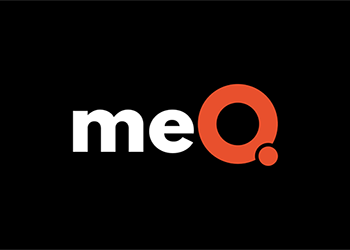I just got back from two of the leading business events on employee health and human capital—and there was one hot-button issue that topped everyone’s agenda: The incredible toll that stress is taking on money, time, and talent—across every sector of business.
But the conversation has shifted: It’s not about how to get rid of stress, but about something far more critical: How to cultivate a resilient workforce.
Research shows that resilient employees—those who have the ability to respond to stress and adversity in a more effective and productive way—are more energized, focused, and happier. They’re less likely to be sick, stressed, or absent, and more likely to drive performance up. Most importantly, resilience can be taught. To anyone.
While more and more companies work to create workplace cultures that support employee well-being, organizations struggle with how to do it effectively—and which programs and protocols work best. At meQuilibrium, we believe that resilience is the key. Here are my top 10 reasons to cultivate a resilient culture in your organization:
- Stress is as harmful as secondhand smoke. A recent study by Harvard Business School shows that stress can be as harmful to employees as exposure to secondhand smoke.
- Stress costs American companies $300 billion per year. This high price tag is due to increased costs related to absenteeism, poor employee performance, and turnover. This doesn’t even take into account the impact of stress on health care costs.
- Stress exacerbates the most expensive health conditions. Stress is a contributing factor to heart disease, obesity, insomnia, and a host of other medical conditions that contribute to colossal health care costs.
- Stressed employees don’t take care of themselves (and don’t participate in wellness programs). It’s ironic, but true: High stress contributes to the low participation rates in wellness programs. Highly stressed employees are the least likely to participate in wellness programs, exercise, sleep, or stick to their weight management goals.
- Resilient workers report 46% less stress in their lives. Resilient workers report significantly lower stress levels, which helps them focus, take on more responsibility, and work toward their full potential.
- Resilient workers are 4 times as likely to be satisfied at work. Employees that are happier with their jobs will be more productive and are more likely to have positive relationships, inside of work and out. Resilient workers are also 3 times more likely to have high net-promoter scores.
- Resilient workers are 50% less likely to miss work. Resilient employees miss up to 3 fewer days of work per month. And absences are very expensive: SHRM reports that employee absences have a significant impact on productivity and revenue, not to mention management time.
- Resilient workers are 5 times as likely to have great health. Resilient workers are vastly more likely to report very good or excellent health compared to those that have poor resilience.
- Resilient workers are 50% less likely to quit. Resilient employees are half as likely to quit, 57% less likely to suffer burnout, and are able to properly develop strategies to adapt to everyday stress and pressures.
- The ROI is substantial. With just a 3% improvement in overall resilience, there is an estimated return of over $600,000 per 1,000 employees due to improved productivity, turnover, and other costs.
Getting out in front of the negative effects of stress is one of the most important investments an organization can make. Research shows that it decreases health costs and increases productivity, creating a win win for both the organization and its employees. It helps employees address the root cause of their stress and health issues, and it supports all the other benefit offerings you have in place. Join the companies at the forefront of this wellness revolution—helping your employees change their minds and change their lives, and changing the face of your organization.
